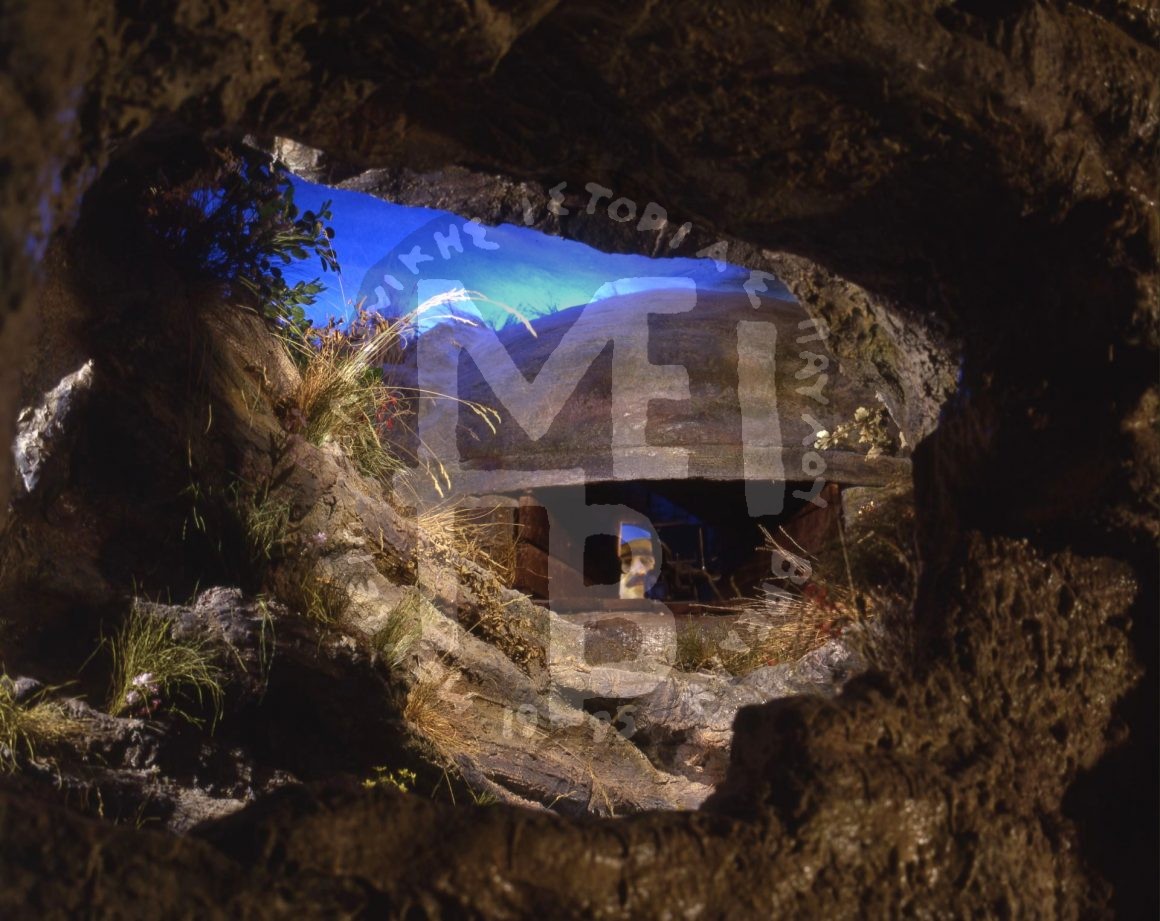“On April 6, 1941, the powers of the Axis declared war against Greece. The same way we said ‘NO’ to the Italian fascists on October 28, 1940, we did the same to the German Nazis. Here, on Macedonian soil, the second ‘NO’ was heard that day.
From March 1st, Germany had Bulgaria on its side, as the latter, after an agreement, was looking forward to re-distribution of the land around the Strimonas Valley and access to the Aegean Sea. The sad story of the surrender with all souls of the Rupel fort, on May 27, 1916, due to the beliefs of the then government, would not repeat itself. On this occasion Rupel’s borderline included part of the defensive fortifications –155 km long in total– which protected the northern parts of Macedonia and Thrace, reaching as far as Axios River. Interconnecting tunnels was a way of communication between pillboxes, artilleries and observation posts located on strategic points. These fortifications endured ruthless bombardments; in fact, many of them are still in perfect condition owing to their excellent construction. They also stopped tanks, and even shot down airplanes!
Even though the alien powers outnumbered ours nor was there support from the air, the defenders of the Greek borders never feared the armed to the teeth Divisions, the tank or the airplanes. There the history of Thermopyles repeated itself in 1941. A characteristic example of this is that on the Dasavali and Lisse fronts, in a period of four days, the wounded soldiers were 8, whereas the total number of the German casualties and killed reached 1,800! Moreover, in the Sylla buttress, between Maliaga and Perithori forts, the total number of the defenders was 15 Heroic soldiers in underground artillery without an underground tunnel. 2,187 German were killed and 6,103 were wounded on that area. At Rupel’s fort itself 555 Germans lost their life, 2,134 were wounded and more than 170 were missing. All forts of East Macedonia –Istibei, Kelkagia, Arpalukia, Karatas– have heroic deeds to narrate…
From the paved area of the composition of ‘Pindos’, we walk up the stairs until we reach another corner place. On the left, over the small opening, we try to see two of the several Rupel’s artilleries which are camouflaged and can be discerned from different angles.
I was fortunate enough to meet three of those heroic soldiers who fought there back then and talk to them; it was on April 6, 1988 during some annual festivities. I admired them as I listened to the events, exactly as I had read them, and I was touched by their simplicity and modesty that discerned them. They told me: ‘we did nothing greater than what every Greek would have done and did for Greece’. The truth is that certain politicians and not heroes were in the public eye. So I decided not to forget that day.
I exploited the several gaps left from the theme of the ‘Mountainous Operational places–Surgeon’s Quarters’ to make this one. Having in mind the real place which I walked and copied, I tried to represent the pillboxes on a 1:1 scale. Using common materials, I molded the surfaces, painted them and then I covered the openings with wooden boards, their original use was to deter bullet or shell fragments ostracism.
The three important centers that fought Fascism and Nazism were Epirus, Macedonia and Crete. From April 6 to May 30 (in Crete), over 30,000 Germans lost their life. That was the toll of the German boot stepping on Greece.”

